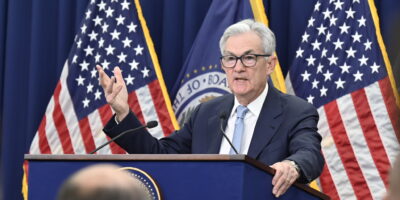Is Money Really a Veil?
My previous post was a crash course on the role of prices in a market economy. Importantly, prices are money prices. The vast majority of the time, producers accept the medium of exchange as payment for goods and services, and post prices denominated in the medium of exchange, which also makes the medium of exchange the unit of account. In this view, it is easy to view money as only a facilitator of exchange. This is, in part, why the neutrality (or sometimes, and somewhat more complicatedly, the superneutrality) of money has such strong intuitive appeal. Money is a ‘veil’ behind which specific amounts of goods are exchanged for other goods. In other words, the difference between a monetary economy and a barter economy is that a monetary economy enables greater production of all goods and services, since money lowers the costs of exchange, and these economized resources can be put to productive uses.
But money does not only enable more goods in general to be produced, that is to say, money is a facilitator of exchange, but not only a facilitator of exchange. Well-developed and robust capital markets (markets for time) are inconceivable without money, as are the vast majority of assets produced in the process we call ‘financial intermediation.’ Capital and other financial markets help better coordinate the markets for final goods and services themselves by allowing traders to exchange across time and space, arbitraging based on their expectations. That money is necessary for these markets’ existence fundamentally transforms the nature of money-using economies.
Think of one of the metaphors we use to describe a market economy: the system of equations that constitute ‘general equilibrium.’ This metaphor conveys the idea that there is a ‘really existing’ economic reality ‘out there,’ which money merely overlies. But money does not only cover the real economy, as a veil does. Money, and money prices, constitute the medium of economic experience itself. The monetary economy is the real, i.e., the actually existing, economy. A money-using economy is therefore, to some degree, unanchored from the ‘real’ resource constraints money is merely supposed to cover.
But the metaphor of general equilibrium can help us with useful social science work by highlighting the push-and-tug aspects of real markets that grope their way towards a reconciliation of plans among consumers and producers. Because this metaphor somewhat captures economic life, we should be cautious in overstating the autonomy of the monetary economy. For example, fundamental resource constraints do seem to place limits on what kind of economic reality money can create.
So, is ‘economic Platonism’ correct or not? How can money create an economic reality, and at the same time be constrained by it? I will explore this question in my next post.










